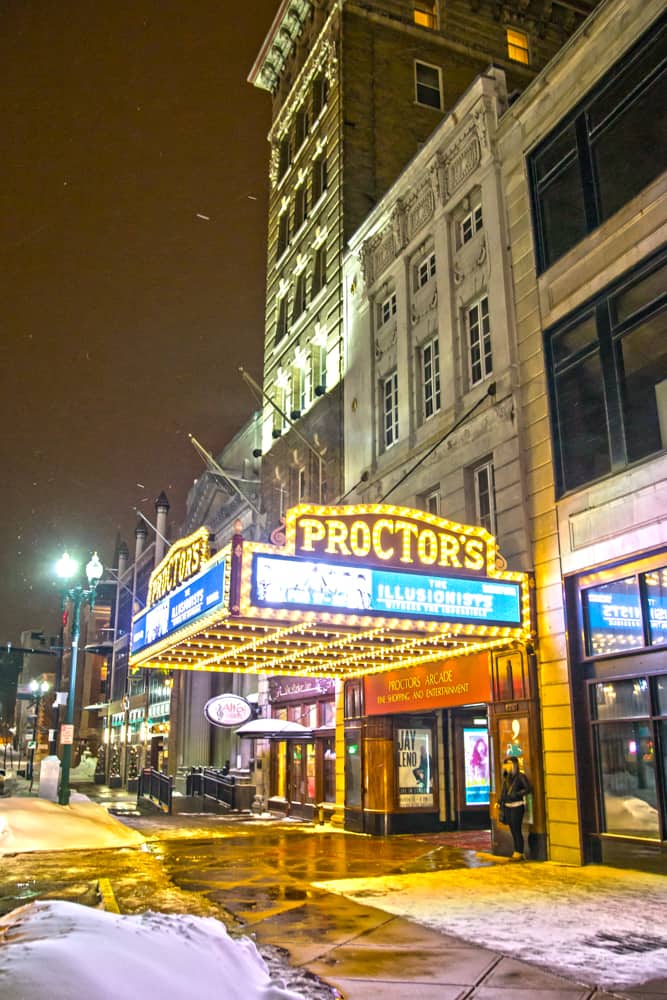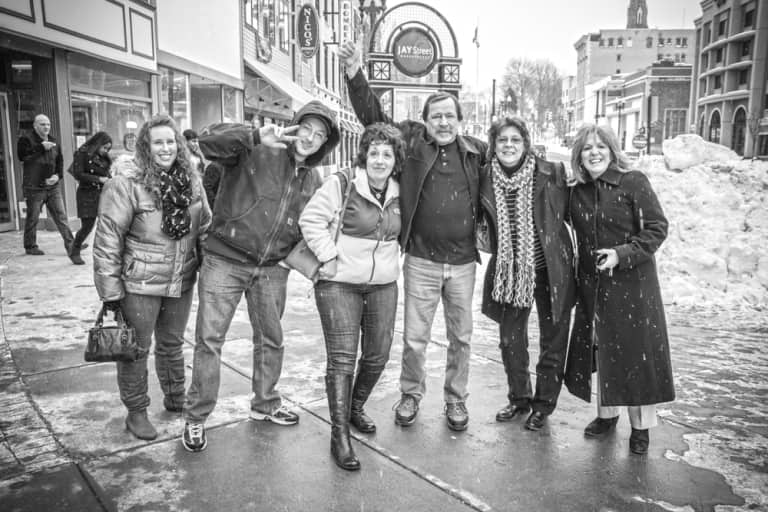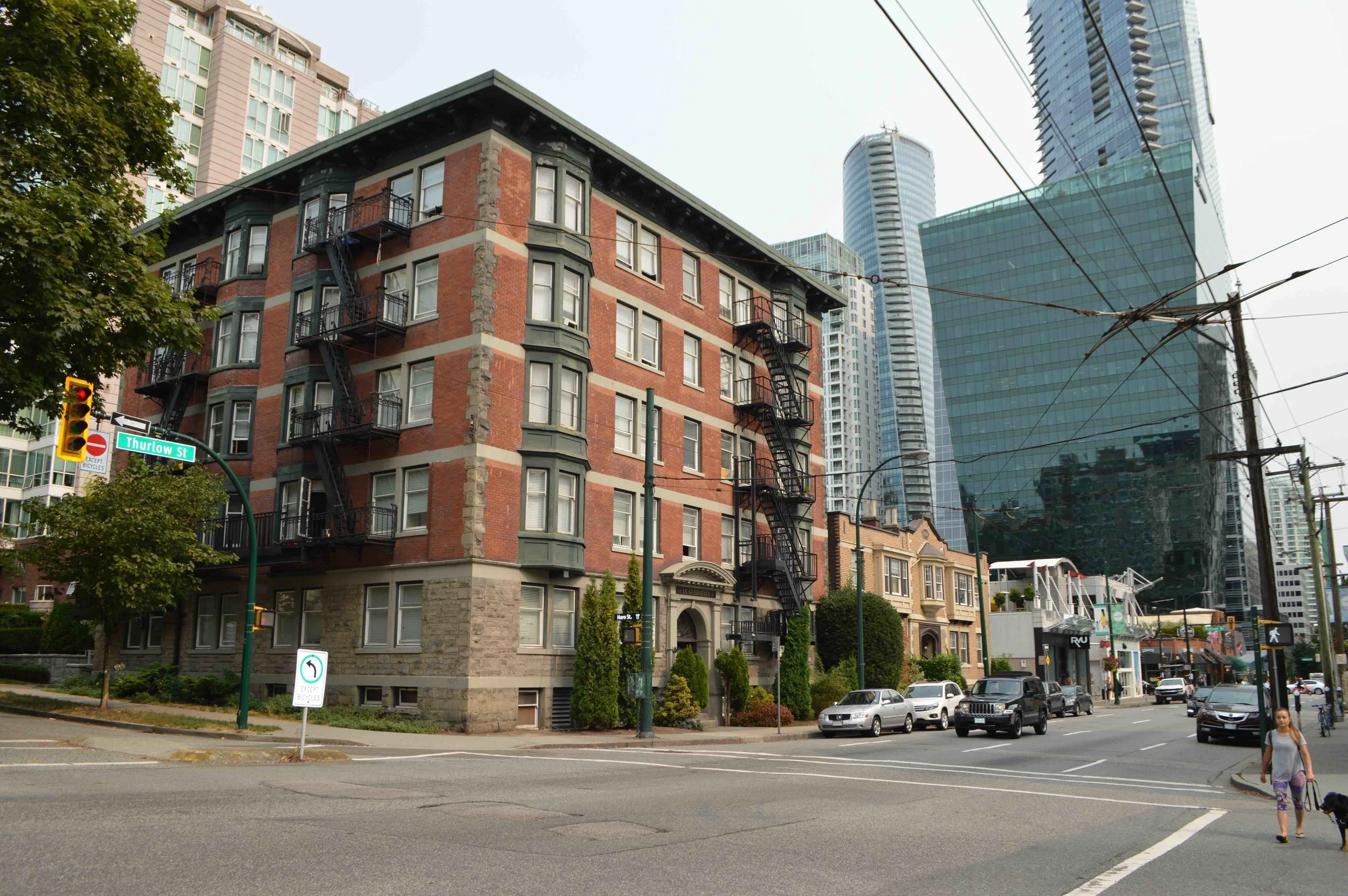The False Promise of Trickle-Down Urbanism
Arian Horbovetz is a Strong Towns member who writes for The Urban Phoenix. The following essay is republished from his blog with permission.
We hear it all the time… developers, investors, local governments and even citizens tout the positive effects that a large-scale, expensive entertainment-based project will have on the surrounding area.
“People will come from all over.” “We will be a destination now.” “People who visit will also visit all the local establishments.”
Will this really happen?
It can, but it’s not that simple. If the main goal for any massive urban economic expenditure is to bring people into the city from the outside, I am always a little skeptical. Far too often, these projects aim to drive traffic to downtowns in the hopes that visitors patronize local shops and establishments while there, only to realize that this rarely actually happens at the predicted levels. Like trickle down economics, the effect of Trickle-Down Urbanism is often just that… a trickle.
In 2015, Marketplace published a piece that spoke to this effect with regard to sports stadiums in cities. In it, economist Michael Leeds states the following:
If every sports team in Chicago were to suddenly disappear, the impact on the Chicago economy would be a fraction of 1 percent,” Leeds says. “A baseball team has about the same impact on a community as a midsize department store.
Leeds’ point of view is widely accepted in the economics community, despite the continued effort by developers and even local officials looking to (understandably) garner public support by promising that these types of projects will usher economic prosperity.
When individuals or families attend a sporting event, show or concert, the money adds up after paying for tickets, parking, food, drink and maybe even a t-shirt or hat. These events drain the entertainment budgets of the surrounding community, leaving little left for patronage at local establishments. While these venues may bring money into the city where it didn’t exist before, this is offset by diverting business away from locally owned restaurants, bars, entertainment and other small businesses that residents might visit otherwise. In sum, data shows that people will spend about as much money on entertainment regardless of whether they have a sports stadium, a casino or not. But when they do have large-scale entertainment options, they tend to spend more on those options and less on local outlets.
Can these big money entertainment venues be good for downtowns? The short answer is yes, but they have to be done right. Event-goers will not simply patronize local establishments before and after events on their own. There must be a reason for them to do so, or at least there must be no reason for them to choose to get in their cars and simply leave.
Schenectady’s Proctor’s Theater is a solid example, with a wealth of local shops, restaurants and bars of all varieties within a two minute walk of the historic downtown theater.
Furthermore, Schenectady has invested heavily in a walkable downtown that does well to encourage on-foot exploration. While Proctor’s isn’t on the same scale as the massive complexes mentioned above, it is a strong example of a venue that brings show-goers to a downtown environment that welcomes them to stay.
The moral of the story? As much as officials try to convince us otherwise, large-scale entertainment complexes typically don’t deliver on the promise of creating economic vibrancy. Long term, they fill the pockets of a few and often take more money out of the community than they inject into it. While progress, development and steps forward to a better downtown are important, we must remember that simply bringing people to our city centers isn’t the answer. Truly vibrant local economies that grow sustainably feature local governments that encourage and facilitate small business growth, as well as developers who realize that the key to growth is creating a diverse tapestry of city amenities that fulfill our need to live, work and play.
(Top photo source: Tim Gouw. All other photos copyright Arian David Photography)






Why do large-scale developers bother making cool mockups for their spaces, only to end up with a bland end product?